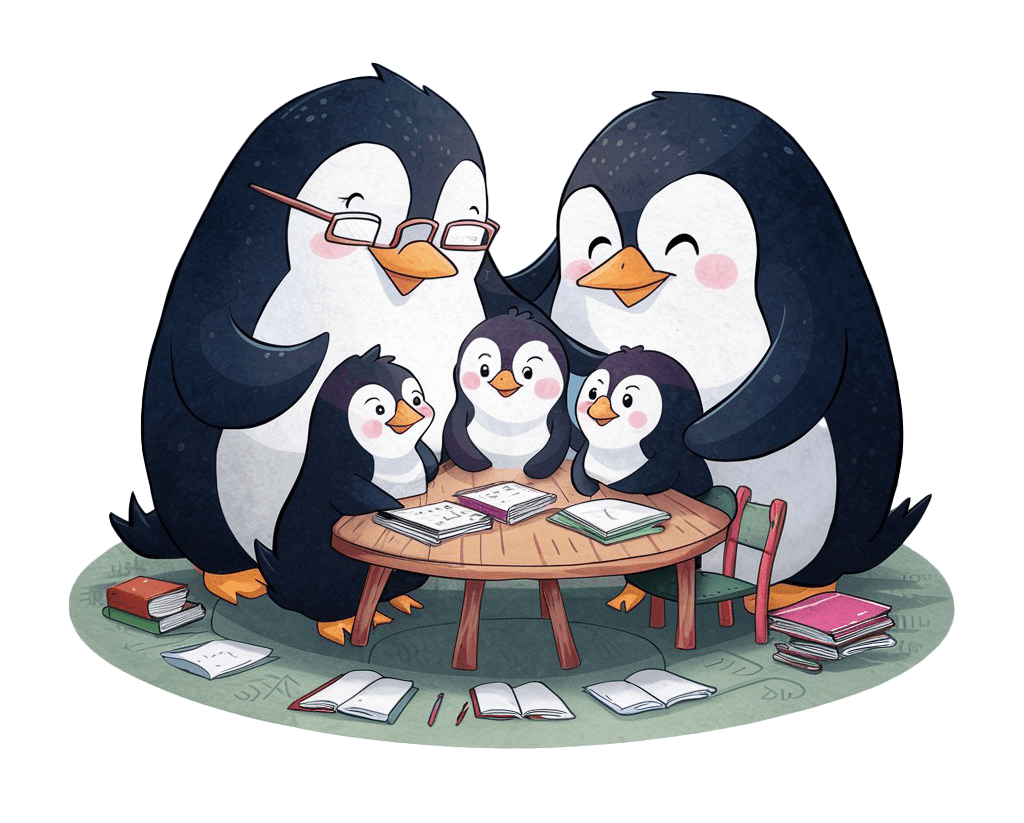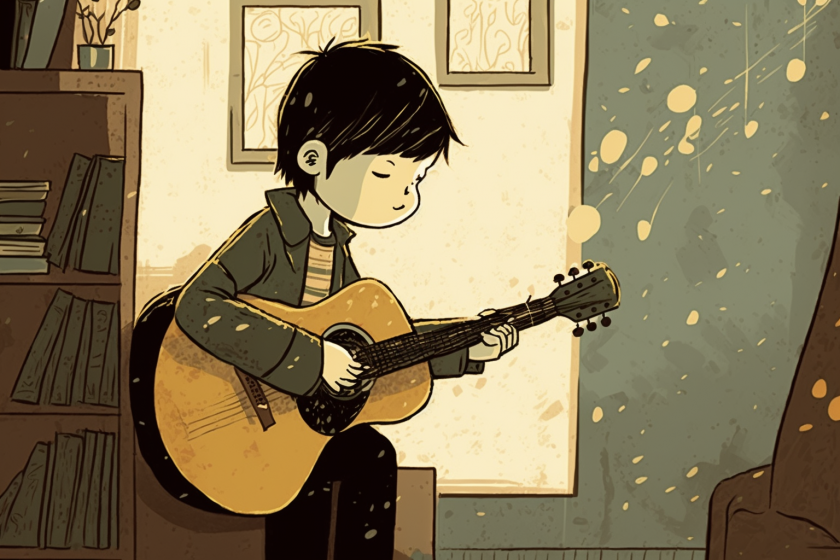Let us read, and let us dance; these two amusements will never do harm to the world.
Voltaire
Music is a powerful resource for home-educators. Music can be taught as a subject, used as a teaching aid or act as a lesson resource.
Start by Exploring Instruments
Exposing children to different types of musical instruments and music genres is a great way to encourage kids to play instruments themselves. An open-ended ‘Instrument’ project is an easy way to collate their knowledge:
- Learn about a different instrument/family a week and spend a day learning about the different instruments within woodwind, percussion, brass and string groups.
- Explore how these instruments are used differently in different countries
- Discover how their favourite instruments work (link to piano strings)
Make Instruments accessible
Sometimes a child will ask to learn a specific instrument. Other times, they might need encouragement.
If you are able, keeping instruments around and accessible is an easy way to passively nudge reluctant musicians. We bought our homeschoolers a guitar about four years ago and until last year, it sat gathering dust: they just weren’t interested…yet. It’s that YET that we try to catch. When the day came that they wanted to learn, the instrument was already there to facilitate that instinct.
Teach Music Theory
Even if they never play an instrument, being able to read note music is a brilliant skill to learn. Additionally, once they’ve learnt to read music and grasp the concept of musical theory, learning to play an instrument or learning to read a different type of music (guitar tabs etc.) is less daunting. Skillshare is a great place to find online tutoring for music theory.
Facilitate Instrument Learning
Music tutors can be found easily if you choose a conventional instrument-learning path. Lessons with tutors can be scheduled into a homeschool routine and homework assigned.
Instrument learning can also be assigned as an out-of-lesson activity they can explore themselves. YouTube and Skillshare are great platforms to find a ‘tutor’ to follow and learn from. Not scheduling lessons takes any pressure off the learning of the instrument: Learning an instrument is something they do for fun because they want to.
Making learning to play an instrument a purely fun, chosen-by-them hobby takes any pressure off them to master the instrument. Progress is judged only against the goals they set themselves and that’s an important lesson to learn – to compete against yourself to challenge yourself to improve. Achieving in that way has a snowball effect: I thought I could do it and I did, what else can I not do yet? The sense of achievement homeschoolers feel when achieving their own goals is wonderful to see.
Explore Making Music Digitally
Making music isn’t limited to the offline world. Music is a great subject to explore online.
Chrome Music Lab is an excellent place to start.

Music Lab lets users experiment making their own music while (passively) teaching music theory. It’s fun and educational.
Students can:
- create digital music
- compose musical arrangements to play on an instrument offline
- learn musical theory as they apply it – practical applications of knowledge are easier to remember than theory by itself
- save their compositions to use as elements in a video project
Music Exams and Home-Ed
Graded music exams are a great way for home-educated pupils to add extra UCAS points to a CV. Music exams can be entered by home-educated pupils in the same way as school-going peers.
Graded music exams offered by Trinity College and RSL are good options for home-educated musicians because both offer online assessment, meaning proximity to an exam centre is not important.
Bonus Uses of Music in Home-Ed
- Let the music set the tone.
If they’ve learnt to be aware of them, kids can respond well to non-verbal cues and music is one of the easiest and most fun to use. From a homeschooling perspective, music is fantastic at calming kids down. If by turning on a style of music you can signal to your kids its lesson time, you (mostly )never have to tell them again. Likewise, music can wake up lethargic learners. Whether you get them up on their feet dancing around or use the music to refocus the lesson, music can act as a ‘take back the classroom’ resource.
- Collaborate on study playlists
- Use lyrics as teaching material in lessons – eg. the Elements song as a periodic table resource
or
- to add an extra element to storytelling/comprehension lessons (eg. Harry Potter in 99 Seconds).
- Explore research about how music can be used as a study tool. Assign a piece of reading (eg. this article from StudySmarter) and ask them to present their findings.
- Ask homeschoolers to create motivational playlists and write a (paragraph/page/diary entry) explaining their reasons for choosing the type of music/specific songs/artists
- Practise transcribing skills by writing down lyrics while listening to a song
- Encourage confidence by asking them to sing a song/play an instrument in front of the ‘class’.
A sudden blast of music is a also great simple tool to reset the atmosphere when something’s not going to plan –
- Identify a specific song that tells everyone to stop and do something specific (count to 20 in a foreign language/do ten pushups/join in with a dance)
- Turn on a song you know will make them dance to defuse tension
- Sing don’t shout! If you’re losing their attention, a heartfelt rendition of your karaoke song is guaranteed to get it back.
Study songs and uses of music
- Write down, analyse and discuss lyrics of songs – subject-specific or simply songs that one of you likes
- Explore the difference between lyrics and poetry
- Look at music videos and the impact visuals have on the music as we listen (and vice versa)
- Identify musical pieces in favourite films and talk about why that piece may have been chosen,
- Write song reviews, analysing the lyrics/use of instruments in the same way you would analyse poetry.


